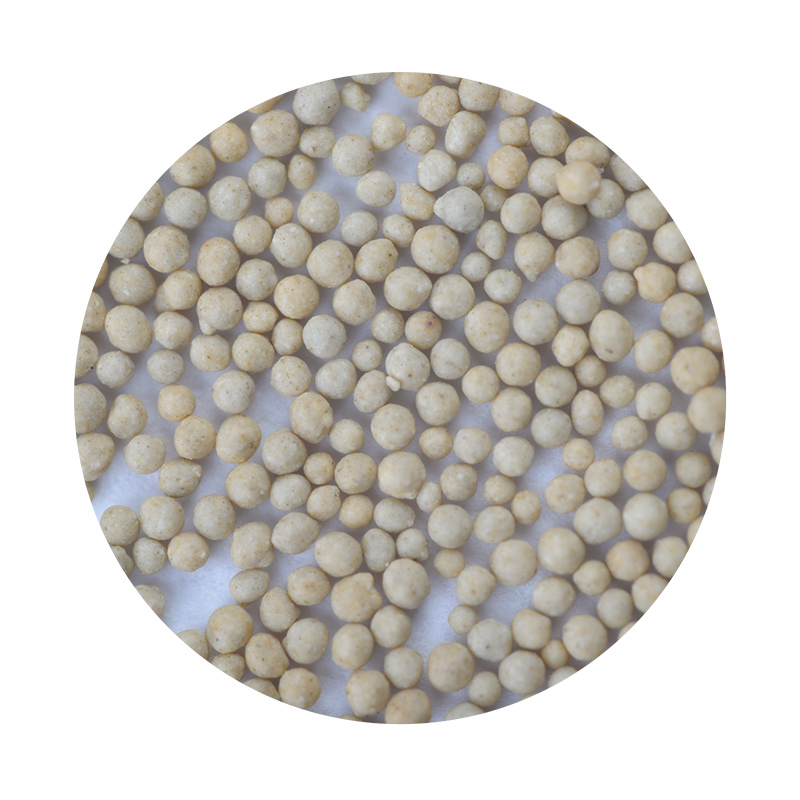Sanding 3D Printed Objects A Step-by-Step Guide
3D printing has revolutionized the manufacturing industry by allowing for rapid prototyping and the creation of complex geometries that were once impossible to achieve. However, one of the challenges that comes with 3D printing is the post-processing of printed objects to achieve a smooth, professional finish. Sanding is one of the most effective methods for improving the appearance and feel of 3D printed items. This article will guide you through the process of sanding 3D printed objects for optimal results.
Understanding the Basics
When 3D printing, especially with FDM or SLA technologies, surfaces often come out with visible layer lines and imperfections due to the nature of the additive manufacturing process. Sanding can greatly enhance the quality of the final product by removing these imperfections. It’s important to choose the right type of sandpaper; generally, a progression from coarse to fine grit is advisable. Start with a lower grit (around 100-200) to remove major flaws and progressively move to finer grits (up to 2000 or more) for a smooth finish.
Materials Needed
1. Sandpaper A selection ranging from 100 to 2000 grit. 2. Sanding Block or Sponge Provides even pressure and ensures a uniform finish. 3. Water or Lubricant Wet sanding can help reduce dust and improve the finish. 4. Dust Mask and Safety Goggles Safety first! Protect yourself from inhaling dust particles. 5. Rubbing Alcohol or Isopropyl Alcohol For cleaning the surface after sanding.
The Sanding Process
sanding 3d printed objects

1. Preparation Begin by inspecting your 3D printed object for visible imperfections and deciding where to focus your sanding efforts. If there are any support structures remaining, carefully remove them first.
2. Start Coarse Take your coarse grit sandpaper (100-200) and begin sanding the surface, applying even pressure. Move in circular motions or along the grain of the print lines, if applicable. Be mindful not to oversand areas that may affect the structural integrity of the object.
3. Dust Removal Regularly brush off dust from the surface to monitor the smoothness and identify areas that may require additional attention.
4. Progress to Finer Grits Once the major imperfections are smoothed out, switch to a finer grit sandpaper. Repeat the sanding process, gradually working your way up to the finest grit. For a glossy finish, consider “wet sanding” using water to reduce friction and help avoid clogging the sandpaper.
5. Final Touches After sanding, clean the object with rubbing alcohol to remove dust and any leftover debris. This step is crucial before any painting or finishing techniques, which can be applied post-sanding.
Conclusion
Sanding 3D printed objects is a fundamental step in achieving a professional-looking finish. While it requires patience and practice, the results can significantly enhance the aesthetic and tactile qualities of your prints. With the right materials and techniques, your 3D printed creations can transform from a basic model into a polished masterpiece. Happy printing and sanding!
Post time:सितम्बर . 15, 2024 05:19
Next:what is resin coated sand
